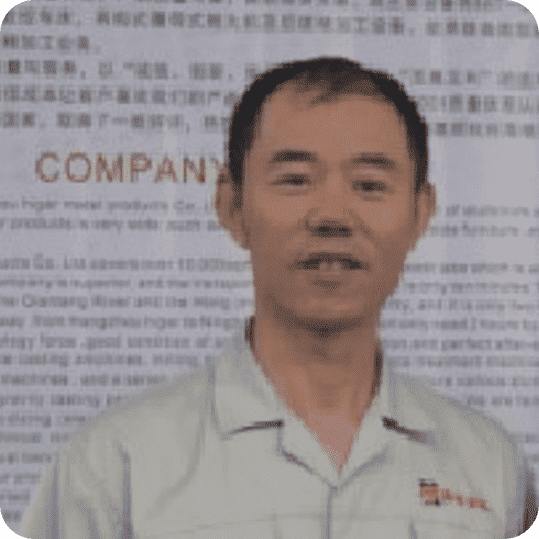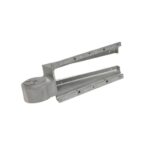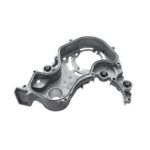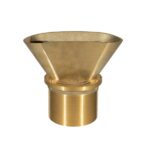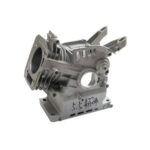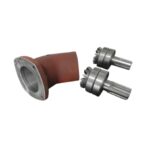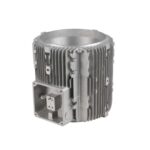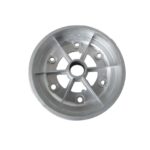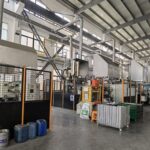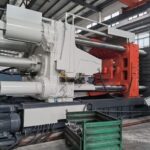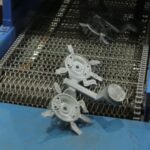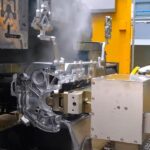Warpage in aluminum die casting parts can lead to significant issues in the functionality and assembly of the components.
To ensure high-quality, precise, and durable parts, it’s essential to address and prevent warpage during the manufacturing process.
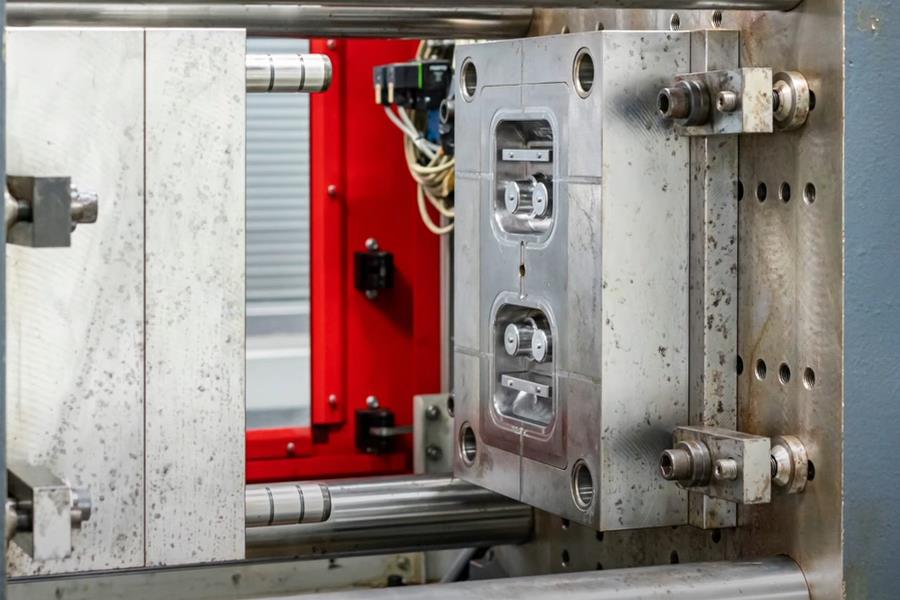
Understanding Warpage
Causes of Warpage
Warpage occurs due to uneven cooling and residual stresses in the material.
The main causes include:
| Uneven Cooling | Residual Stresses | Improper Mold Design |
| Different cooling rates in various sections of the casting can cause distortions. | Stresses induced during the casting and cooling process can lead to warpage. | Inadequate design can cause inconsistent thickness and geometry, leading to warping. |
Effects of Warpage
The consequences of warpage can be severe, impacting both the performance and aesthetic of the parts:
- Misalignment: Warped parts may not fit correctly in assemblies.
- Structural Integrity: Distorted components can weaken the overall structure.
- Increased Scrappage: Higher rates of defective parts lead to increased waste and costs.
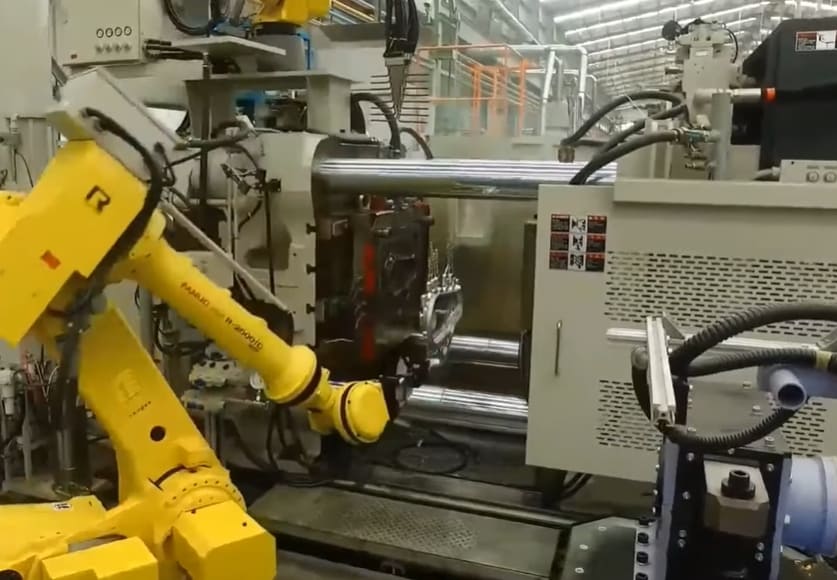
Techniques to Prevent Warpage
Optimal Mold Design
Designing the mold correctly is crucial to minimize warpage:
| Uniform Wall Thickness | Proper Draft Angles | Effective Cooling Channels |
| Ensures even cooling and reduces the risk of warping. | Facilitates easy ejection from the mold, minimizing stresses. | Ensures consistent cooling rates throughout the part. |
Controlled Cooling Processes
Implementing controlled cooling can significantly reduce warpage:
- Gradual Cooling: Prevents thermal shocks and allows uniform cooling.
- Post-Casting Treatments: Techniques like annealing can relieve residual stresses.
Material Considerations
Selecting appropriate materials and alloys can help mitigate warpage:
| High-Quality Alloys | Additives |
| Use alloys with low shrinkage rates and good dimensional stability. | Incorporate elements that enhance the material’s stability and resistance to warping. |
Process Optimization
Optimizing the die casting process itself is vital:
- Precise Control of Parameters: Maintain consistent temperatures and pressures during casting.
- Quality Monitoring: Implement real-time monitoring to detect and address issues promptly.
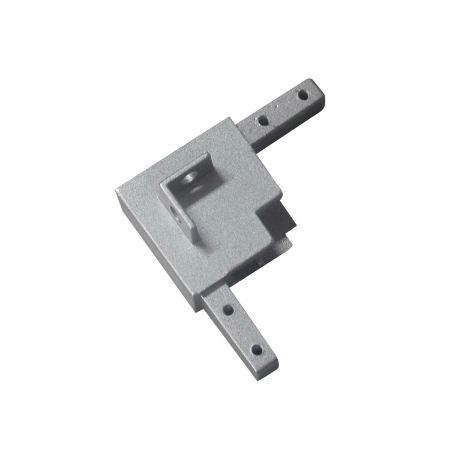
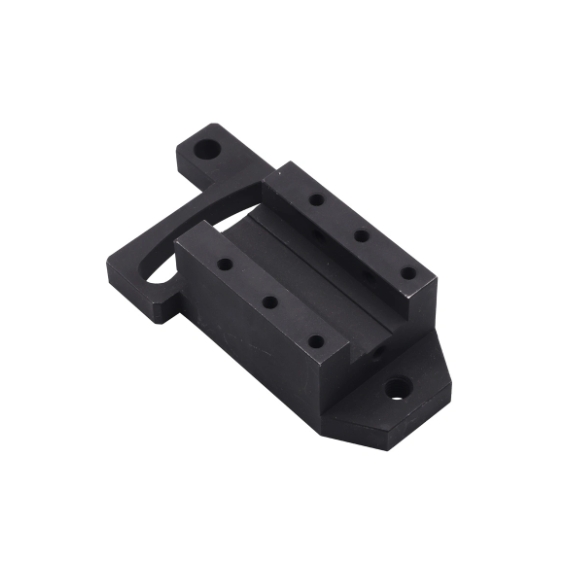
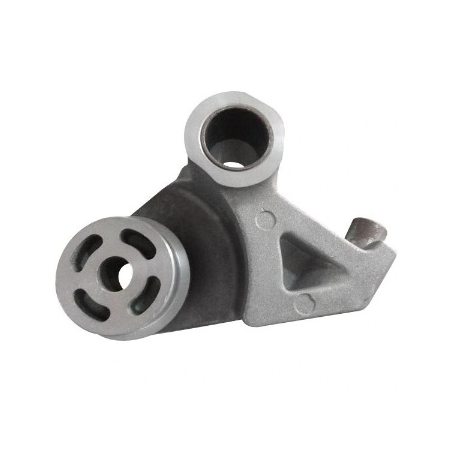
Maintenance and Quality Control
Regular maintenance and stringent quality control measures ensure consistent high-quality parts:
- Regular Mold Maintenance: Keeps molds in optimal condition, preventing defects.
- Inspection Protocols: Routine inspections to identify and rectify potential issues early.
- Training: Continuous training for personnel to stay updated on best practices and new technologies.
Conclusion
By focusing on optimal mold design, controlled cooling processes, material considerations, process optimization, and rigorous quality control, we can minimize warpage and ensure the integrity and functionality of their die-cast parts.

